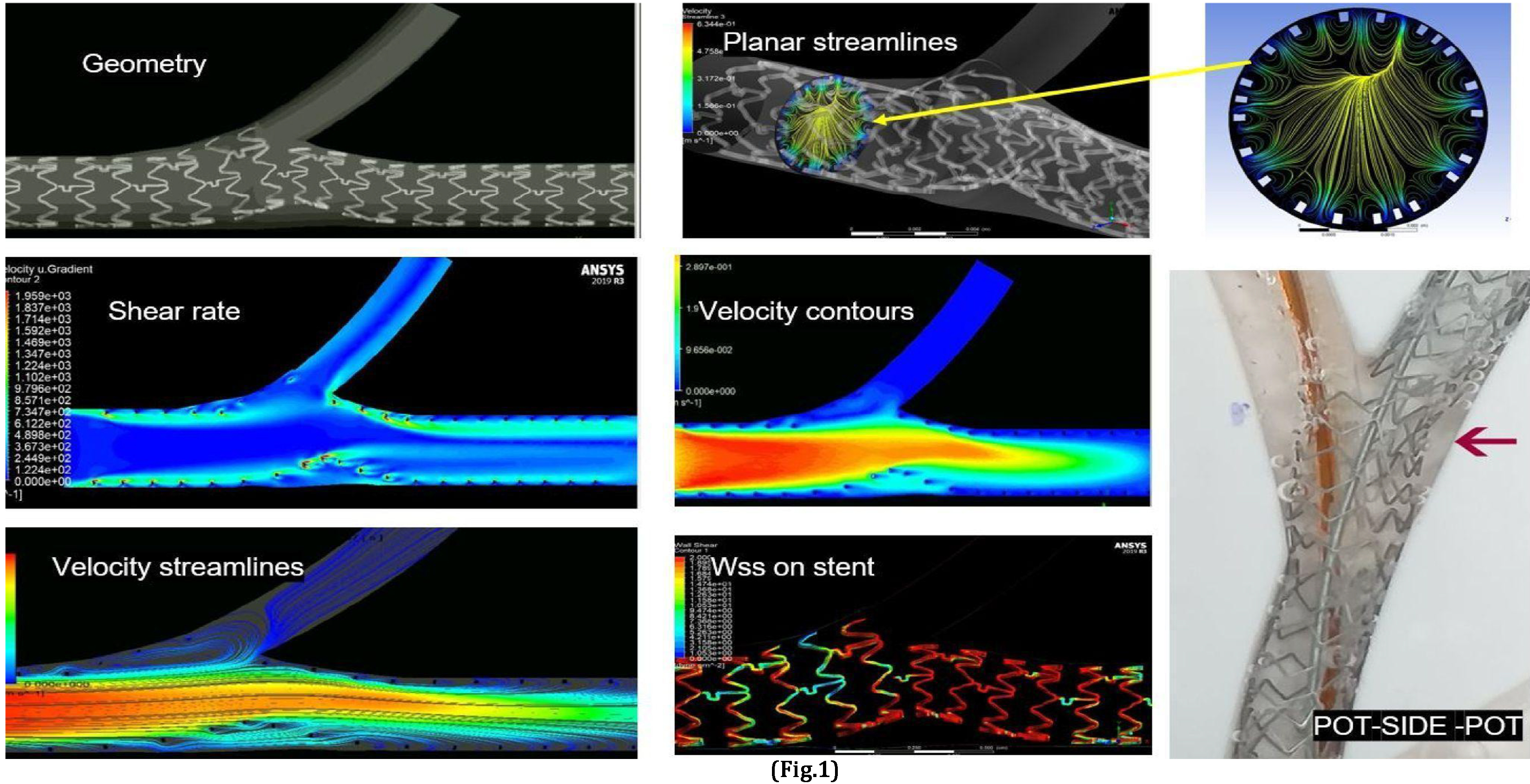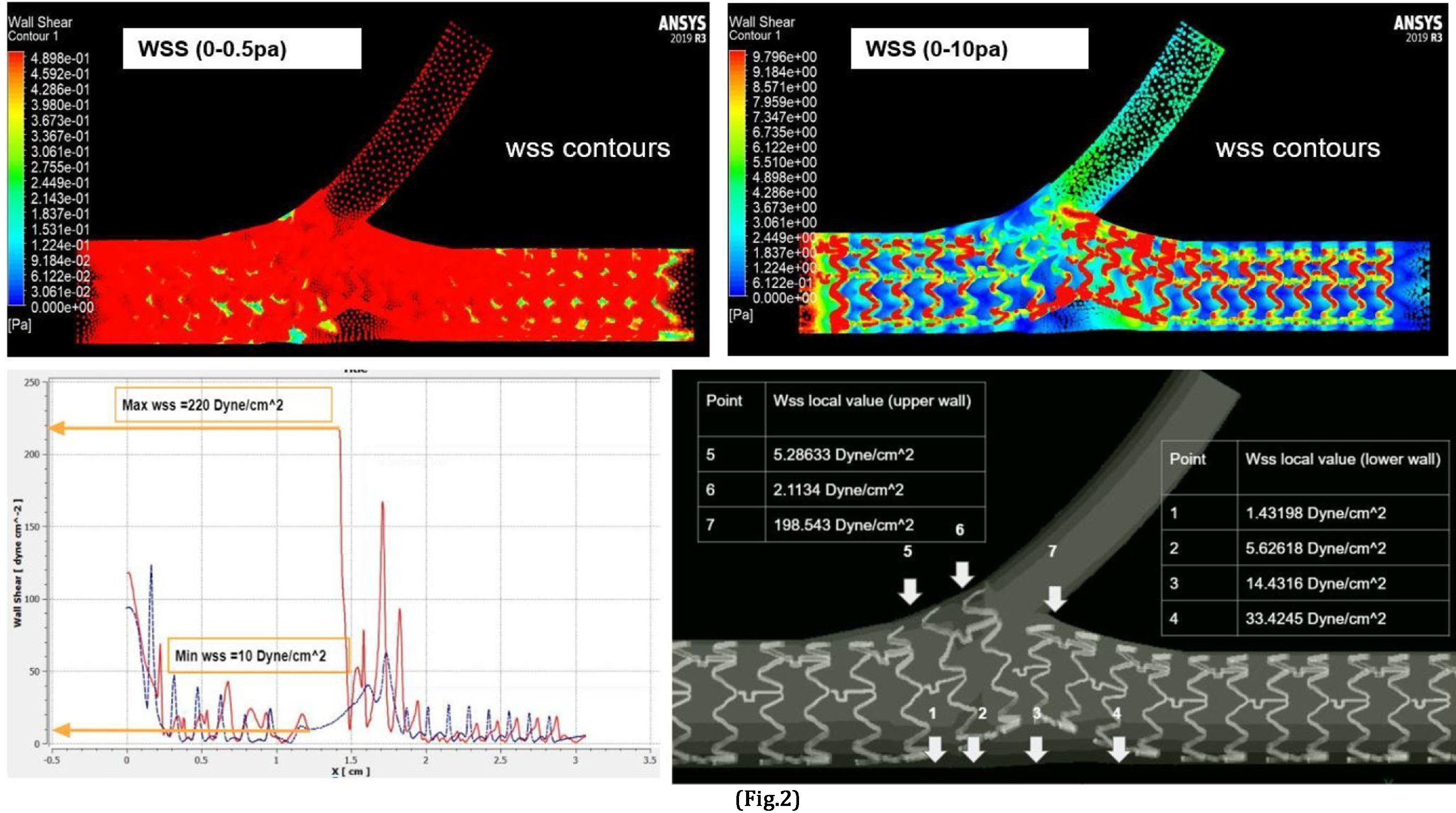Lots of interesting abstracts and cases were submitted for TCTAP 2022. Below are the accepted ones after a thorough review by our official reviewers. Don’t miss the opportunity to expand your knowledge and interact with authors as well as virtual participants by sharing your opinion in the comment section!
TCTAP A-031
The Importance of Performing Final kissing Balloon Dilation Before Final Proximal Optimization When Using Provisional Stenting Technique in Bifurcation Lesions. A Computational Fluid Dynamics Study.
By Hassan Ali Warda, Mai El Zayat, Hazem Mamdouh Warda, Osama Shoeib, Essam Wahba
Presenter
Hassan Ali Warda
Authors
Hassan Ali Warda1, Mai El Zayat1, Hazem Mamdouh Warda1, Osama Shoeib2, Essam Wahba1
Affiliation
Alhyatt Cardiovascular Center, Egypt1, Tanta University Hospital, Egypt2
View Study Report
TCTAP A-031
Bifurcation/Left Main Diseases and Intervention
The Importance of Performing Final kissing Balloon Dilation Before Final Proximal Optimization When Using Provisional Stenting Technique in Bifurcation Lesions. A Computational Fluid Dynamics Study.
Hassan Ali Warda1, Mai El Zayat1, Hazem Mamdouh Warda1, Osama Shoeib2, Essam Wahba1
Alhyatt Cardiovascular Center, Egypt1, Tanta University Hospital, Egypt2
Background
When treating coronary bifurcation lesions using provisional stenting, the importance of performing Final Kissing Balloon Dilation (KBD) before performing final proximal optimization re-(POT) is a matter of debate. We assume that initial POT followed by single side branch dilatation (without KBD) may result in strut malapposition despite performing final POT.
Methods
Provisional stenting was performed using POT-SIDE-POT without KBD and used (CFD) to identify the local hemodynamic parameters and values of wall shear stress (WSS ) on the malapposed stent.
Results
Provisional stenting without final KBD despite re-(POT) affects local flow patterns and shear rate (Fig.1) and introduces areas of low WSS along the malapposed and shifted stent areas (Fig.2).




Conclusion
Strut malapposition in cases where a final KBD despite (re)-POT is not performed disrupts blood flow causing low wall shear stress regions and may explain the relative increase in the risk of developing restenosis as suggested by the present CFD study.


